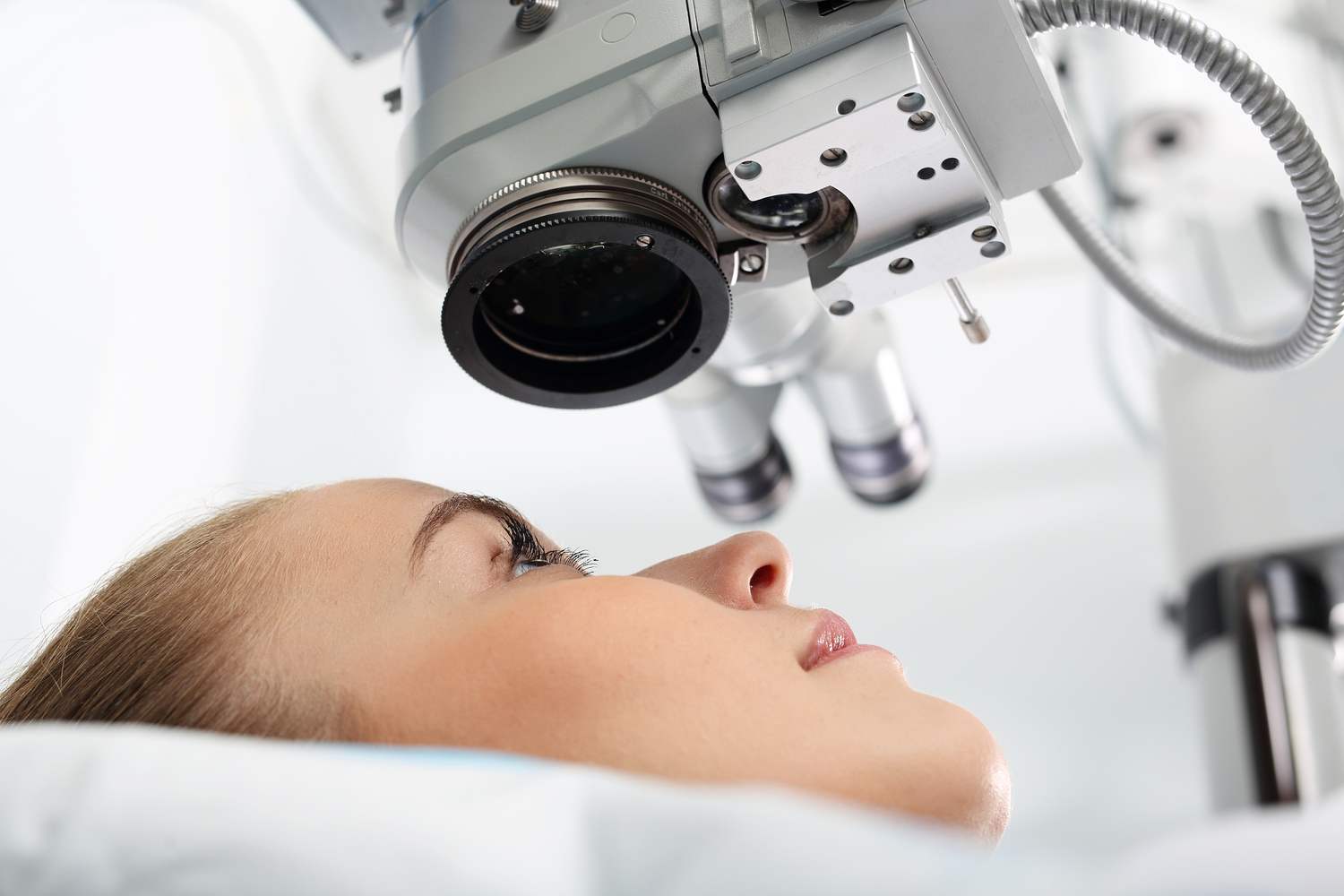Everything You Need to Know About Laser Cataract Surgery
Cataract surgery is a common surgery in today’s time. With cataract issues becoming more prevalent with people above 50 years of age and sometimes lesser, there has been a variety of medical breakthroughs in the field of ophthalmology. Laser cataract surgery is one of them. However, you need to understand the types of this procedure to manage the laser cataract surgery costs smartly.
LASIK surgery has become safer than ever before, and the predictability, as well as accuracy levels, have improved.

Corneal incision
As per traditional cataract surgery processes, the maximum dependence is on the skill of the medical expert. The part where the cornea meets the sclera in the eye is the exact point where an incision needs to be made. The surgeon uses a knife or diamond blade for the same. This way, the internal eye areas are accessible to the surgeon. The cataract can then be removed to prevent vision cloudiness. The intraocular lens then replaces the cloudy lens. The trick of the doctor is to make the slit in such a way that there is no need to stitch the area. Whereas in the case of laser cataract surgery, there has to be a surgical plan made specifically for the incision using high-end 3D imagery. This is called the optical coherence tomography. The primary goal here is the creation of a location-based incision that comes with length, depth across all the planes. Moreover, the images and femtosecond laser allow the surgery to go well even when there is no varied surgeon experience.
Capsulotomy
The natural lens of the eye is placed in a way that a clear and ultra thin capsule surrounds it. During cataract surgery, the front area of this capsule is removed to access the cataract. It is significant that the other parts of the lens capsule are intact without any damage. In laser surgery, the process is performed with the aid of femtosecond laser. According to studies, this leads to greater accuracy. Thus, laser capsulotomies help in better intraocular lens centering as well as placement. These, again, guarantee the success of a laser cataract surgery.
Fragmentation
Post capsulotomy, the laser is used to soften the cataract. This is done as the latter breaks up. Once the cataract is fragmented, the removal method gets easier. This also reduces the scope of distorting and burning of the incision.
Correcting astigmatism
During a laser cataract surgery, the doctors ensure that the patients’ lens is free from all sorts of astigmatism related problems and he or she can read without any spectacles. In most of the cases, doctors place small incisions in the meridian, which leads to astigmatism for its excess curve. Once the incision is healed, the meridian becomes flat, which increases the symmetry of cornea by making it rounder than it was. Though the incision is done during cataract surgery, it is named as astigmatism keratotomy or limbal relaxing incisions. For the desired benefits, it is better to consult doctors, who use a diamond blade to perform the surgery. However, the outcome depends on the accuracy of the operation after healing. There are several cases, in which the patients no longer require corrective eyeglasses after the surgery.
Complications related to laser cataract surgery
Whether it is a standard cataract surgery or a laser cataract surgery, there are very few people, who experience any complications. In some cases, patients may get a blurry vision or have difficulty while staring in bright light, especially sunlight. However, the vision problems are resolved within a week. Some also report swelling of eyes but there is no significant risk associated with it. In rare cases, people may complain of vision loss or extremely poor vision after surgery. This type of complications is experienced mostly by the patients, who have any chronic health issues or any other eye disorders, apart from cataract.
Laser cataract surgery is an expensive procedure compared to standard cataract surgery, which is also quite effective in curing the problem. However, someone who wants complete precision can certainly go for laser surgery, irrespective of its price factor. For the best help regarding the selection of right type of procedure, it will be better to consult a reputed doctor or ophthalmologist.
Typically laser cataract surgery costs might require thousands of dollar. However, it varies according to the kind of procedure you choose and the severity of the case. To manage the laser cataract surgery costs, you can seek the assistance of Medicare or private medical insurance companies.




